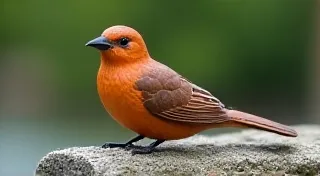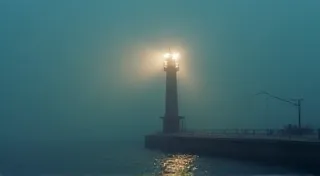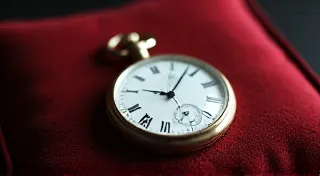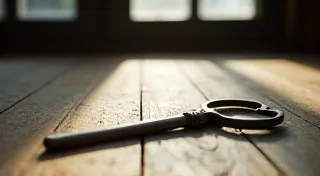Chromatic Ghosts: Reclaiming Color in the Monochrome Age
There's a peculiar solace to be found in the tangible. In a world increasingly mediated by screens and fleeting digital impressions, the weight of a well-worn object – the click of a lever, the scent of aged paper, the satisfying *thunk* of a key striking its mark – offers a grounding that's profoundly comforting. And amongst these anchors to the past, few possess the quiet magic of vintage typewriter ribbons. We often think of typewriters as instruments of stark black and white – the definitive voice of the mid-20th century’s business and literary landscapes. But to confine them to this monochrome image is to miss a vibrant, often surprising, secret: the unexpected spectrum of colors that danced across the paper, waiting to be rediscovered.
My own fascination began with a chipped Underwood No. 5, inherited from my grandfather, a man who, I later learned, wrote poetry in his spare time. It wasn't the machine itself that initially captivated me; it was the ribbon. A forgotten spool, tangled and brittle, a deep, unexpected shade of violet clinging to its aged surface. It wasn't a deliberate choice, it seemed, but a consequence of the dye formulations of the time – a subtle, almost ghostly echo of a bygone era. It wasn’t just ink; it was a historical artifact, a tiny window into the industrial processes and aesthetic preferences of a world I'm only familiar with through photographs and stories.
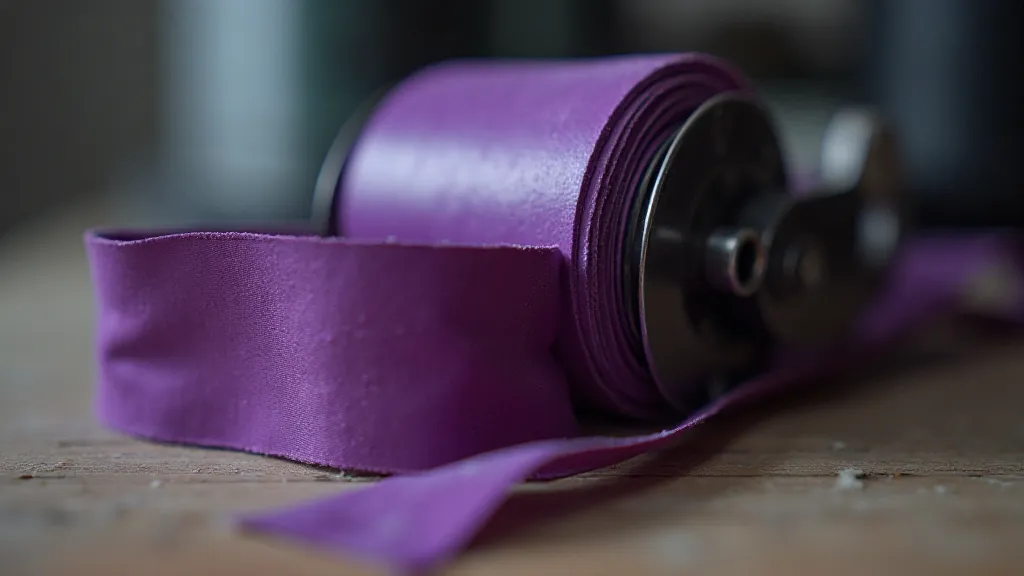
The Alchemy of Color: Historical Context
Understanding the colors found on vintage typewriter ribbons requires a brief dip into the history of dye technology. Early ribbons, prevalent in the late 19th and early 20th centuries, weren't just dyed; they were often pigmented using natural dyes derived from plants and minerals. This resulted in a surprisingly diverse palette – not just black, red, and a few shades of blue, but also olive green, a peculiar burgundy, and even a dusty rose. The precise color depended on the region, the manufacturer, and the availability of raw materials. The rise of synthetic dyes in the early 20th century significantly expanded the color options. Aniline dyes, derived from coal tar, offered more vibrant and consistent hues, though the formulations were often proprietary and changed frequently.
During the wartime years, dye availability was severely restricted. Many colors disappeared entirely, replaced by a limited range of blacks and browns. After the war, there was a brief resurgence of color experimentation, driven by both consumer demand and the desire to utilize newly developed synthetic dyes. However, these vibrant hues proved less stable over time, which is why finding well-preserved vintage ribbons in excellent color can be a rare and prized find.
Beyond Black: A Spectrum of Voices
The unexpected colors of vintage typewriter ribbons aren't just visually appealing; they can also inform the writing process itself. There’s a certain psychological effect to typing on a ribbon that isn’t standard black. A ribbon with a hint of red can lend a certain urgency to the words; a ribbon with a muted green might inspire a more contemplative tone. It's a subtle influence, but it can be surprisingly potent.
I often wonder what my grandfather’s poetry would have looked like typed on that violet ribbon. Would the color have influenced his word choices, his rhythms, his imagery? Perhaps it’s fanciful to think so, but the possibility adds another layer of fascination to the discovery of this forgotten artifact. The color becomes part of the creative lineage, a silent collaborator in the act of writing.
The Craft of Restoration: A Labor of Preservation
Restoring vintage typewriter ribbons isn't a straightforward process. The materials are fragile, the dyes are often unstable, and the slightest mistake can lead to irreversible damage. The core challenge lies in stabilizing the ribbon without altering its original color or texture. It’s a slow, meticulous process that requires patience, a steady hand, and a deep respect for the object's history. Typically, it involves careful cleaning to remove surface dust and grime, followed by a gentle stabilization process using archival-quality materials.
Interestingly, sometimes what appears to be "damage" is simply a consequence of the ribbon's age and the inherent instability of the dyes. A faded patch might reveal a slightly different shade underneath, providing a glimpse into the original color formulation. Recognizing this subtle nuance is key to appreciating the ribbon's true story.
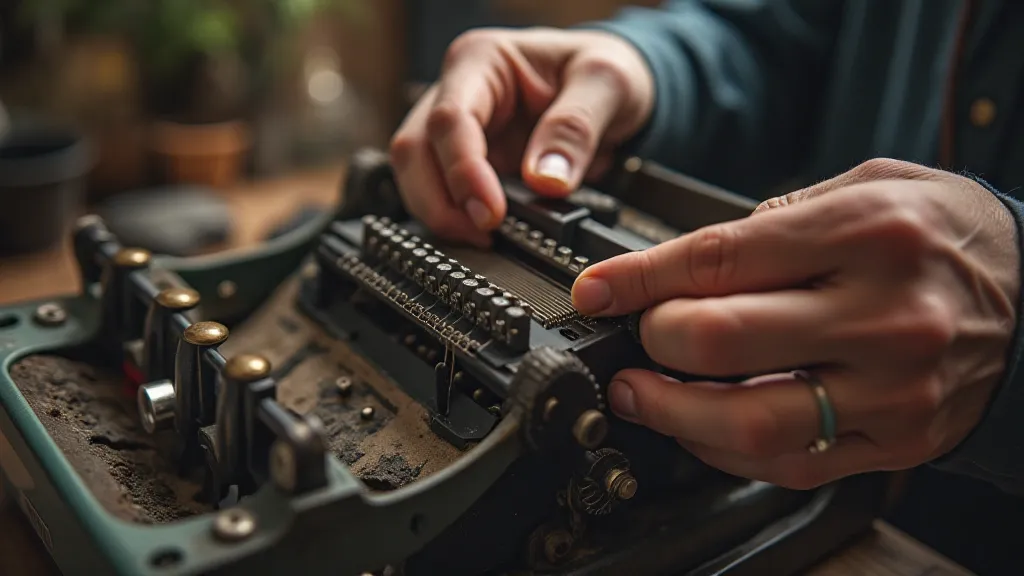
Collecting and Appreciation: More Than Just Ink
Collecting vintage typewriter ribbons is a niche pursuit, but it’s a rewarding one. The rarity of certain colors and the scarcity of well-preserved examples mean that these artifacts can command significant prices. However, the true value lies not in the monetary worth, but in the historical context and the sense of connection to the past. Each ribbon tells a story—a story of industrial processes, of changing aesthetic preferences, and of the enduring power of the written word.
It’s also a pursuit that encourages a deeper appreciation for the craftsmanship of the era. These ribbons were meticulously produced, often by hand, using techniques that have largely been lost. Holding one in your hand is a tangible link to that history, a reminder of the skill and dedication that went into creating even the most seemingly mundane objects.
Beyond simple collecting, the act of restoration—even on a small scale—can be profoundly satisfying. It's a way of breathing new life into a forgotten artifact, of preserving a piece of history for future generations. And in a world that often feels disposable, there's something deeply meaningful about rescuing and preserving the tangible echoes of the past.
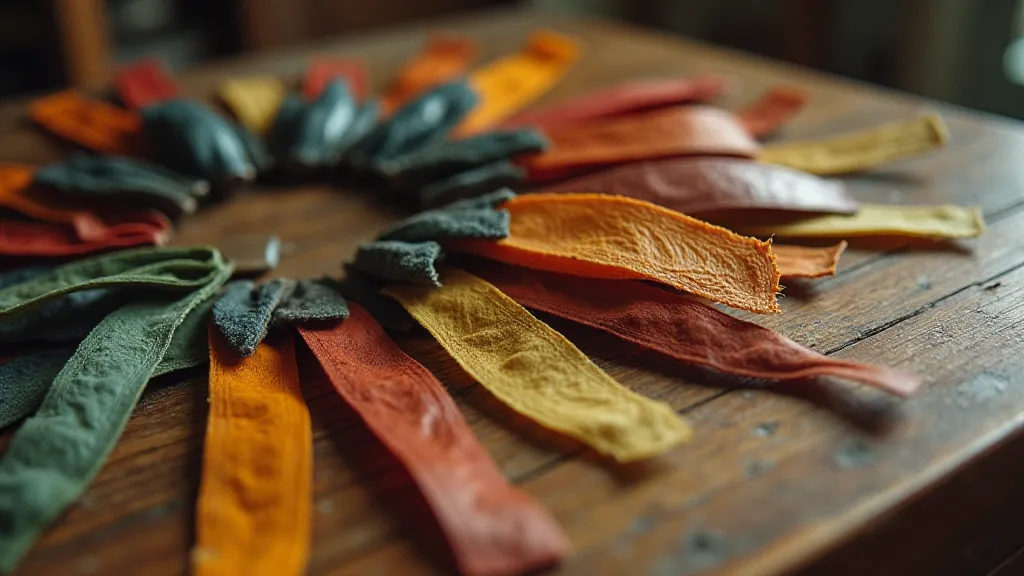
Preserving the Legacy
The vibrant colors of vintage typewriter ribbons are a reminder that the past is rarely black and white. They offer a glimpse into a world of unexpected beauty, of industrial artistry, and of the enduring power of the written word. As these artifacts continue to fade into obscurity, it’s our responsibility to preserve them—to honor the legacy of those who created them, and to share their story with future generations. The “chromatic ghosts” of the past deserve to be reclaimed, allowing their colors to inform our present and enrich our creative horizons.

